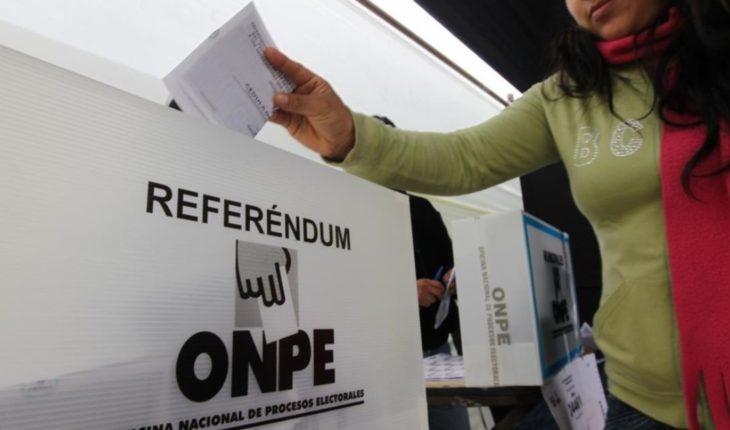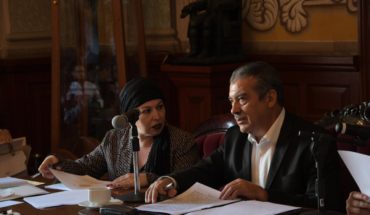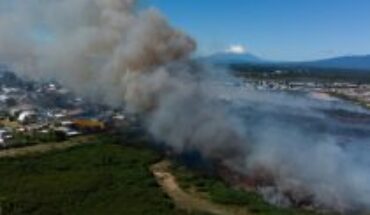in addition to the second electoral round which took place the 15 regions of the Peru, more than 24 million citizens were enabled to express its position on the four questions of the referendum promoted by the National Executive. Voting stations were enabled by the national Office of electoral processes from 8 in the morning, with the participation of more than 70 delegates from the OAS, as well as other institutions of civil society in Mexico, Argentina, Colombia, Uruguay, among other countries.
What will you vote for?
Two scenarios took place. On the one hand, more than 9 million citizens were enabled to conclude the second round of municipal and regional elections of the Peru.en addition to this, both the electorate and the rest of the country, came with more than 70% of participation to choose or not by new changes in the Constitution politics of Peru. What were the questions of the Referendum?
The National Referendum 2018 raised four reform projects reviewed and approved by the Congress of the Republic on October 3. With “Yes” or “No” as alternatives, the consultations were as follows: question 1: does approve the constitutional reform on the formation and functions of the National Board of Justice, formerly National Council of the Magistracy?
The project proposes the creation of a new entity to assess, appoint, ratify and remove judges and prosecutors in the country. It is a replacement of the virtually extinct National Council of the Magistracy (CNM). Question 2: Does approve the constitutional reform that regulates the financing of political organizations?
Aims to strengthen the system of transparency and accountability in public or private money that handle parties, movements and alliances of political character for the financing of their activities.
Question 3: Does approve the constitutional reform which prohibited the immediate re-election of members of Parliament of the Republic?
Suggests that 130 members of the Republic wait as a minimum a period if they wish to return to Legislativo.Pregunta 4: does approve the constitutional reform that establishes the bicameralism in the Congress of the Republic?
Return to bicameralism, where Congress would have two sections of legislative work (deputies and senators). The President himself, Martín Vizcarra, expressed his disagreement with the changes to the proposal. What were the results?
With 80% of the processed records, which is hardly reversed, the results were as follows: question 1: does approve the constitutional reform on the formation and functions of the National Board of Justice, formerly National Council of the Magistracy? YES: 84,1%; NO: 12.9%.
Question 2: Does approve the constitutional reform that regulates the financing of political organizations? SI:85, 0%; NO: 15.0%.
Question 3: Does approve the constitutional reform which prohibited the immediate re-election of members of Parliament of the Republic? SI:85, 2%; NO: 14, 8%.
Question 4: Does approve the constitutional reform that establishes the bicameralism in the Congress of the Republic? SI:14, 9%; NO: 85.1%.
Why does the initiative and its results?
The last time that a referendum on constitutional impact took place was 25 years ago. Following the “self-coup” in 1992, the Government of Alberto Fujimori called to ask citizens whether or not he supported his project of a new Constitution, which was approved and governed the Peru until today. The truth is that the Peruvian political system presents a scenario marked by instability and unpredictability, where existing fragmentation and volatility generated at the same time opportunistic behaviour where the actors are represented by personalism, the inexperience, improvisation and short-termism.
President Vizcarra left strengthened the popular consultation as well, the step taken in yesterday is a necessary start to look for reform faced the problems of representation, the role of political parties, the functions of the Congress, the efficiency of the State and the stability of a political system that seems to not be restored effectively following the collapse at the end of 1990.





